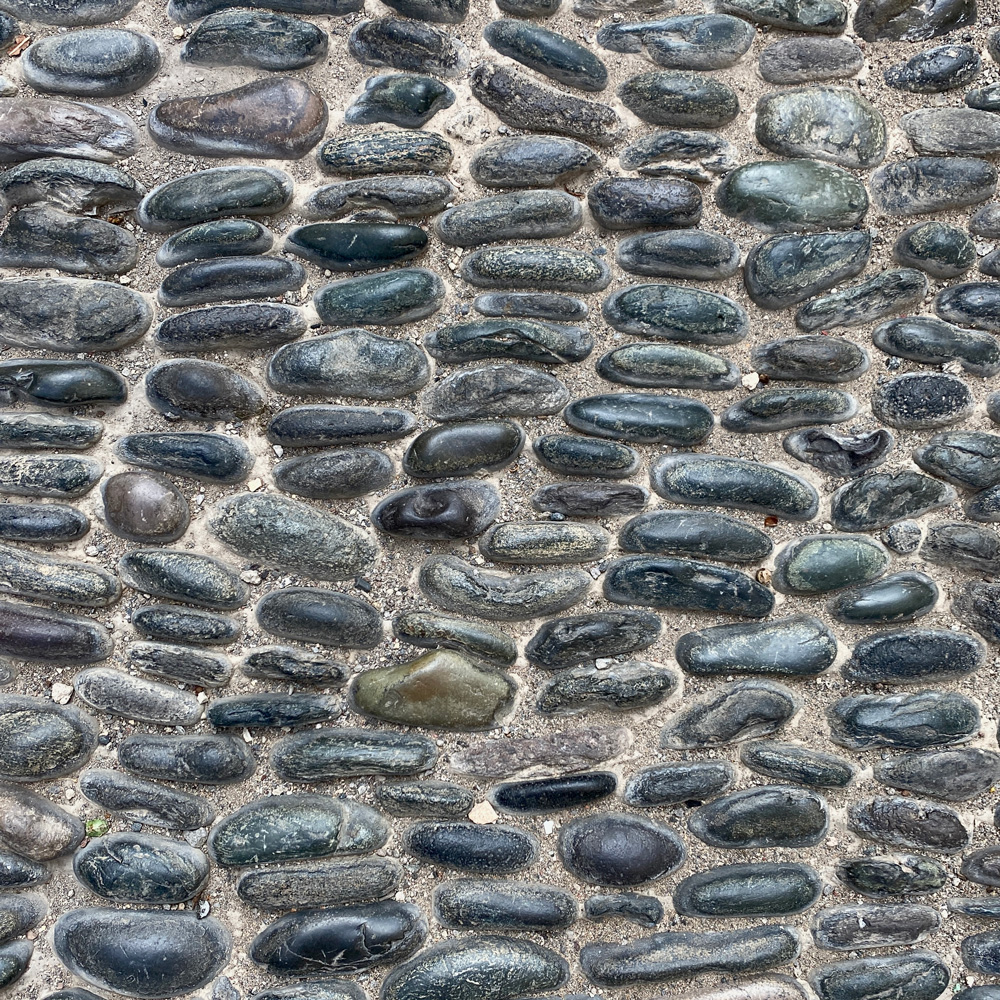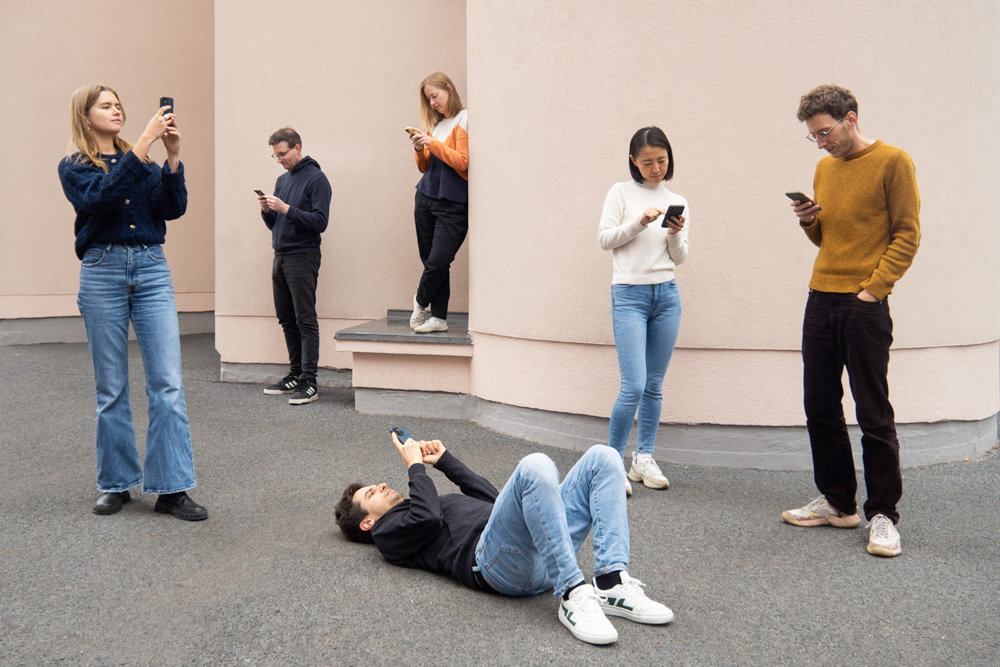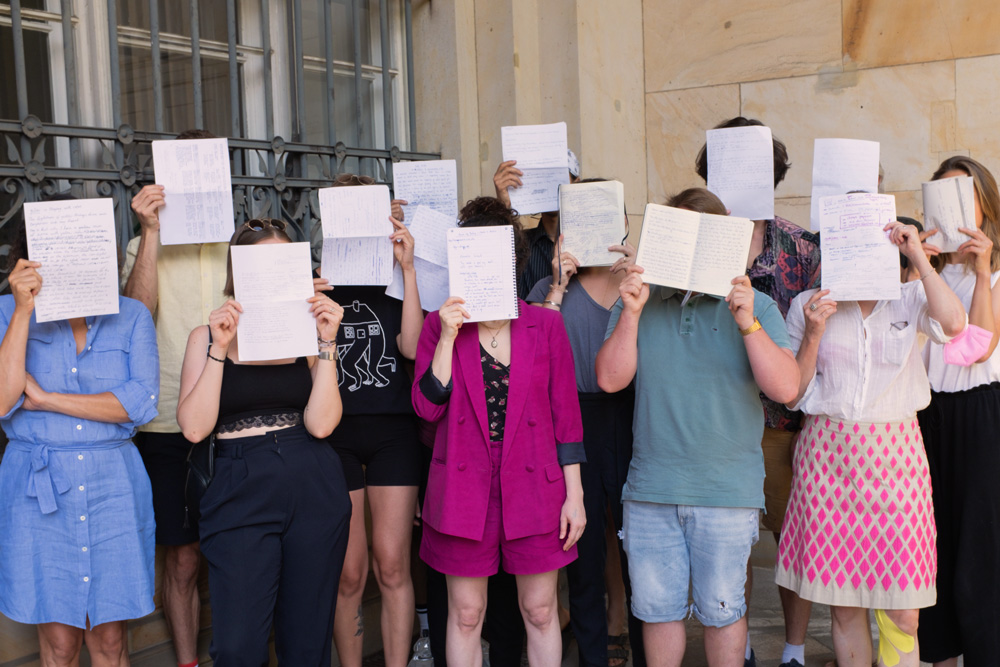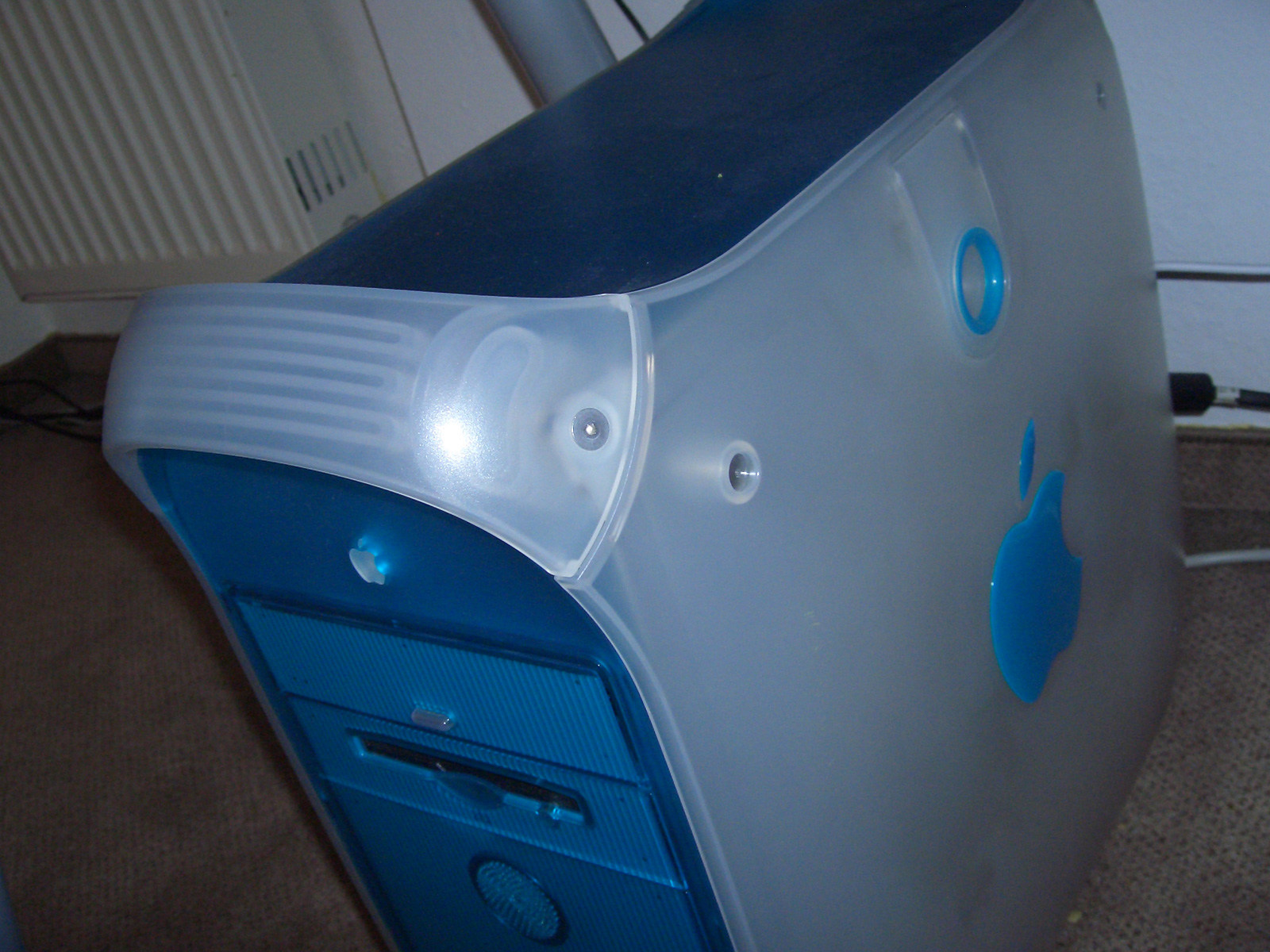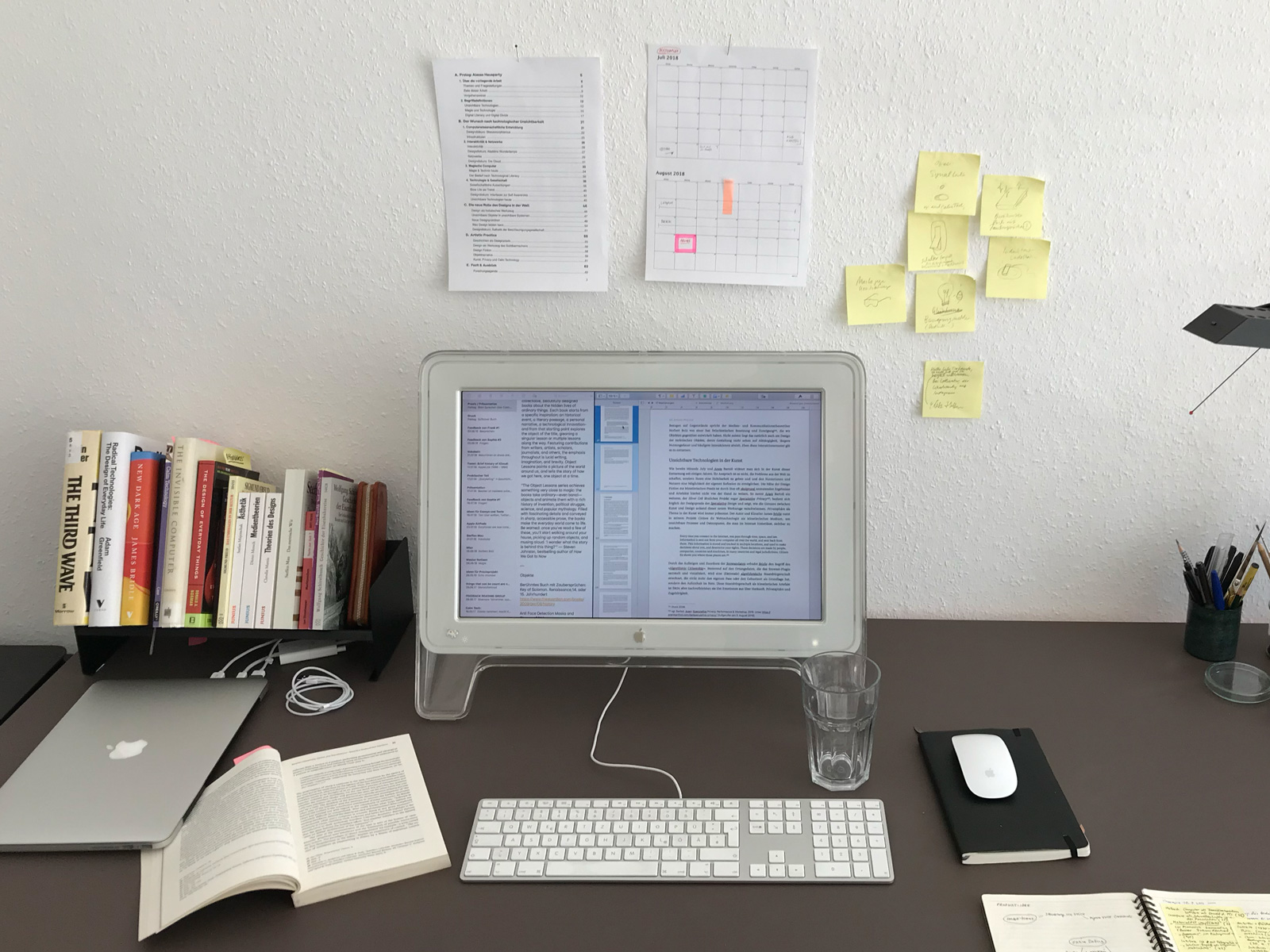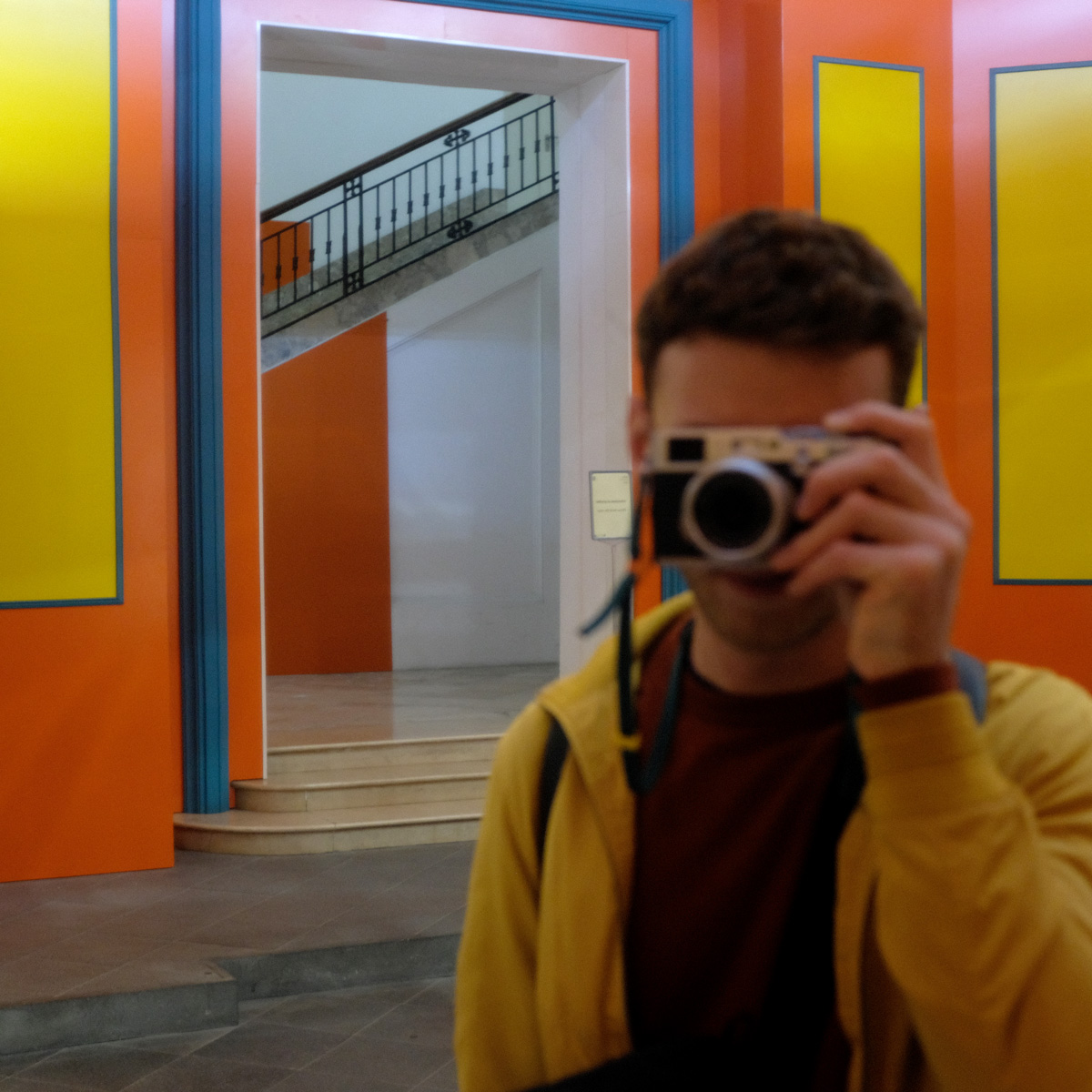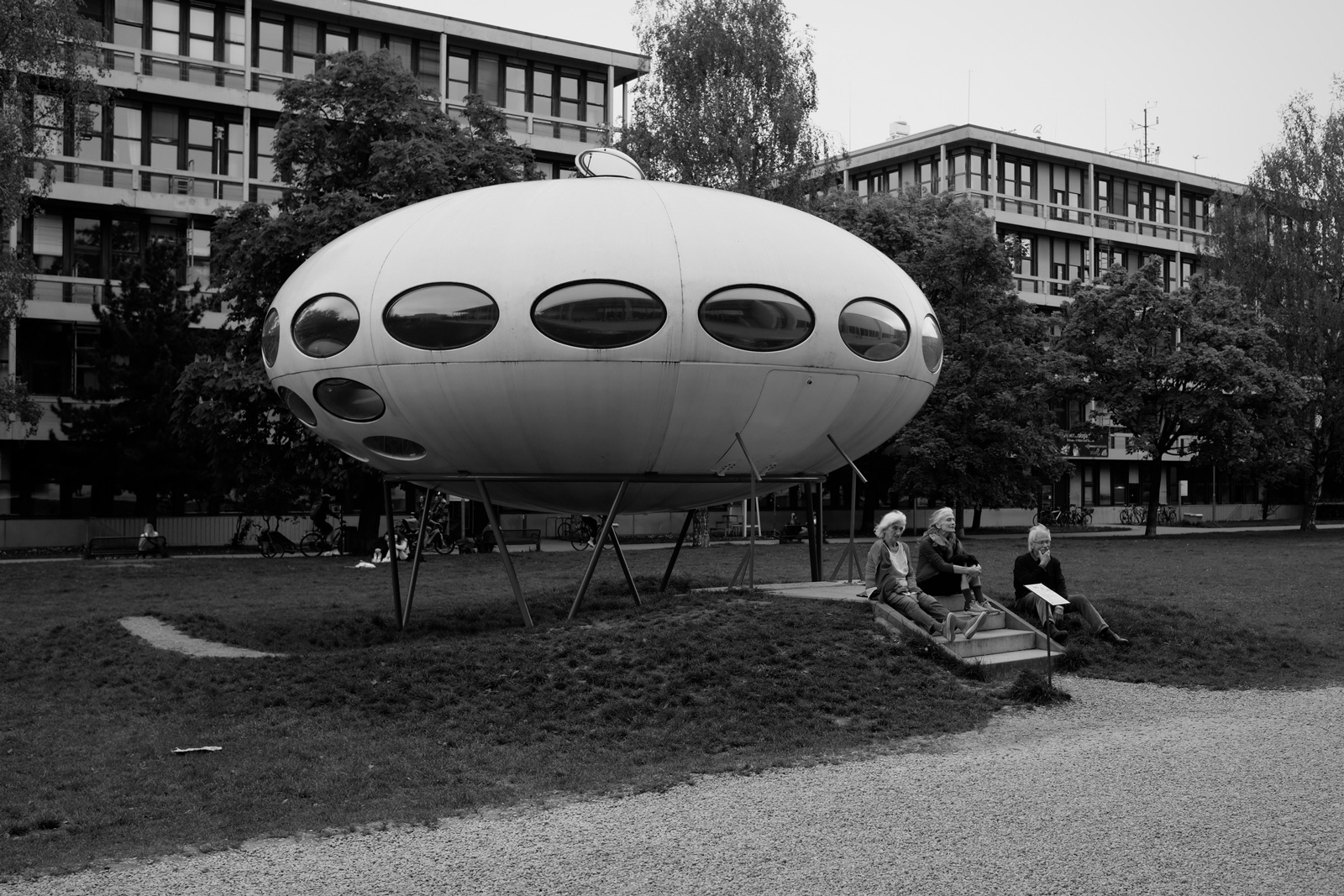
Sitting on my couch, I’ve been staring into a wall of code for a couple of hours already. I’m trying to reorganize my website and digital outlets, updating my body of work; drawings and web design projects and writing. Learning new tools is hard, and I am not a programmer, and I have no patience. But I have a plan!
✳︎ ✳︎ ✳︎
While re-shuffling all those digital things, I was also trying to bring some clarity into my writing and newsletters and digital profile. Usually, I do not believe in separating professional and private things online: I am who I am, and I don’t post personal stuff that doesn’t belong on the internet anyway. But I found it tricky; my blog and social media posts often are written in German, which excludes all non-German-speaking audiences—specifically, the design and tech community.
So, regarding this publication’s future: I want to circle this newsletter back to its design writing roots. The earliest issues (2016!) were explorations on fake marble, filter bubbles and PIBA-DIBA. I will not be the 500st design newsletter in your inbox; this letter will stay personal and diary-like; it will include life and work updates as well as musings, but it will be my professional writing outlet.
If you’re German-speaking and interested in my monthly lists (no work stuff, just play!), you can sign-up for my monthly newsletter Fakten und Mirakel (“Facts and miracles”) here.
As my newsletter service TinyLetter finally, after years of neglect, is being shut down, I will move to Buttondown, a more independent, light-weight service. I found Mailchimp and other marketing tools to not be suitable (this is not a marketing email!), and Substack is, besides its ugly design, also questionable in many other ways. The more aware I become regarding my software usage (just like consuming food and buying clothes), the more difficult it gets. On a positive note, I am enjoying my consciousness, and making well-elaborated decisions. Most of the time, at least.
✳︎ ✳︎ ✳︎
Looking back at 2023: I worked a lot! With our coop studio Village One, we did some fantastic projects: we designed and built the new website for DemocracyNext, an action institute exploring democratic citizen assemblies. We rebranded and built a website for the Sovereign Tech Fund, who invests in digital infrastructure. And we are building and designing all digital outlets for Publix, a new house for journalism in Berlin.
Being involved in projects I care about really makes me happy. What was missing this year was time and space for my own projects; drawing and writing and maybe teaching. I will make room for this in 2024. So if you have a project or teaching gig or workshop in mind: Let me know!
Carving out time for personal work is especially difficult if your personal aspirations are so similar to your work setup: Mostly spent at a desk, mostly alone, thinking and trying out things. I find it hard to justify all this alone-time. But in the end: My time is mine, and that’s how it should be, no?
✳︎ ✳︎ ✳︎
For a couple of months, there’s been a little post-it sitting on my iMac’s screen frame. It says “If you want to be a writer: write”. I haven’t written much since, but it keeps me alert. And it counts for many things: If you want to be an artist: make art. If you want make progress: act. If you want to rest: switch off your phone. If you want to be a writer: write.
I hope you can leave the year at peace with yourself and others, and are eager for a new one—2024 is just around the corner. Another year, another round, make it count. Yours truly, 💌 Christoph
(If you enjoy content like this: I send it out as an irregular newsletter. Sign up for it here.)
